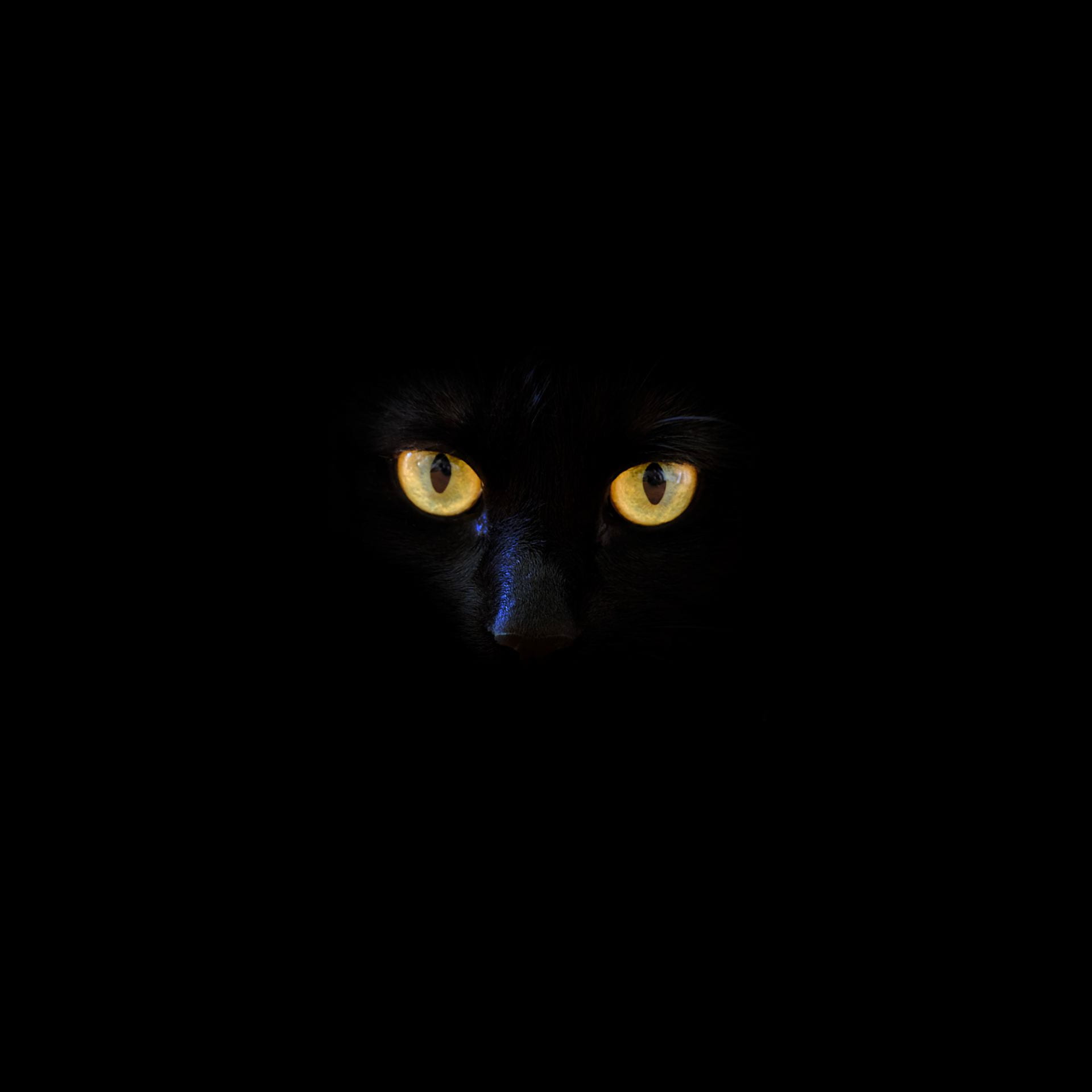The spookiest of seasons is now upon us and the masses will flock to each other’s homes for tricks and treats while donning all sorts of costumes. One may even be lucky enough to have a black cat cross their path. Since Halloween is deeply tied to a multitude of cultures, it is formed by a mixture of various traditions.
Costumes and trick-or-treating
The most famous Halloween tradition must be dressing in costume. This tradition dates back furthest to the Celtic festival of Samhain where festival attendees would dress in animal skins to scare away unwelcome spirits. By 1000 CE, the Romans overtook the Celtic lands and began spreading Christianity, which celebrates All Souls Day on Nov. 2. This is when poor villagers went around town promising to pray for the souls of others in exchange for food or ale. When these different traditions mixed, thus began the tradition of costumes. As European immigrants came to the Americas, especially the Irish immigration of the 1840s, these traditions were brought over and celebrated. The traditions were spreading, and by the 1920s, mischief and vandalism were also common issues amongst the youth during this time of year. The culture shifted to a community-based holiday in the 1930s to lessen these acts, but this was cut back drastically during World War II due to food rations. Halloween returned with vengeance in the 1950s with the wide-spread availability of sugar for candies and the creation of the suburbs. This gave way to the iconic term trick-or-treat, which implied no mischief in exchange for treats and is still popularly used today.
Pumpkin carving
The famous Jack O’ Lantern that we associate with pumpkins originally came from the carving of root vegetables like potatoes or beets. This Irish tradition comes from the tale of Stingy Jack, a man who trapped the devil. The tale goes that Jack invited the devil for a drink, then trapped him in exchange for not going to hell. Jack then trapped the devil a second time to prevent him from having his revenge. The devil gave him coal and told him to “Find his own hell.” Jack put the coal in a turnip, and when he died, he wasn’t allowed into heaven or hell. He wandered the Earth with the lit vegetable as a sign of his presence. The myth carried on in Ireland for centuries, coming to America with the large influx of Irish immigrants during the famine of the 1840s. In the U.S., the pumpkin was aplenty and easy to carve, therefore, Irish traditions began to change into American cultures, allowing for holidays like Halloween to be celebrated with pumpkin carving traditions.
Black cats
The black cat is a seasonal mascot for everything spooky and occult. The myth related to these adorable felines is that if you cross their path, you will have a curse of bad luck for seven years. But, where did such a dark myth about such a friendly creature come from? Dating back as far as the Middle Ages of Europe, black cats had a deep association with witches. As the religious based systems of government were avidly against witchcraft, they saw these cats as bad omens that they needed to be rid of. Fear spread throughout Europe and people began to perceive these cats as evil familiars of witches, or even a shapeshifted witch herself. This perception, however, is now the opposite in many places like England and Japan, where black cats are considered bringers of happiness and wealth.
Photo: S. Henning


